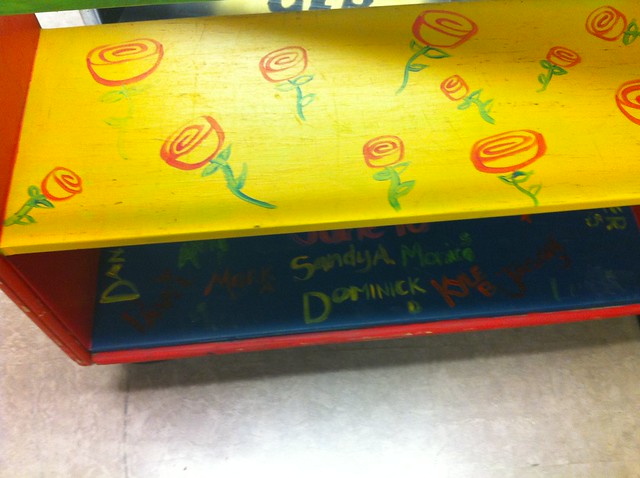
Last week’s episode of This American Life described the troubling problem with innovation and ownership of patents*. Specifically, the show questioned, how we protect our intellectual work and our ideas. In listening to this, I realized how closely the challenges of patents are to the current struggles of ownership of textual products in an age of remix.
As educators need to reevaluate concepts like plagiarism for a generation that is being apprenticed into practices of remixing and appropriating old media for new purposes, so too do we need to think of the relationship between textual production and productive innovation. Pragmatically, I can imagine students–in ELA classrooms no less–will be required to produce mobile apps or participatory media platforms to demonstrate their skills as writers and producers. In this sense, where does the line between writing and building start and end? When we write in response to literature and yield a mobile app that integrates into our everyday use, at what point does our work become patentable? At what point need it be copywritten in an old paradigm?
Last month, I spent a significant chunk of time enveloped in an intellectual tussle with M.M. Bakhtin. I still have not fully wrested my thoughts from his Discourse of the Novel and see directly how language practices are constantly in negotiation with the reader/viewer/user/customer/programmer and how these negotiations spin out into larger areas of exploration. For now, as content and its method of delivery become intwined in even more complex relationships, educators need to prepare for work that defies metrics like paragraphs, double-spaced 12-point font and pesky one-ince margins.
*As I don’t spend a whole lot of time here discussing the actual show, I suggest listening to the whole thing. I should also mention that this response from Intellectual Ventures is interesting.